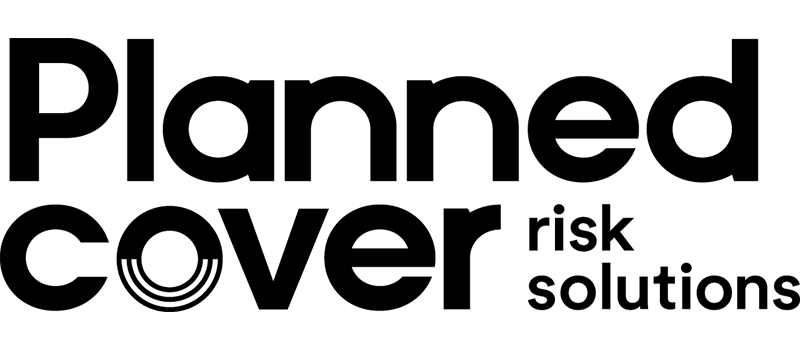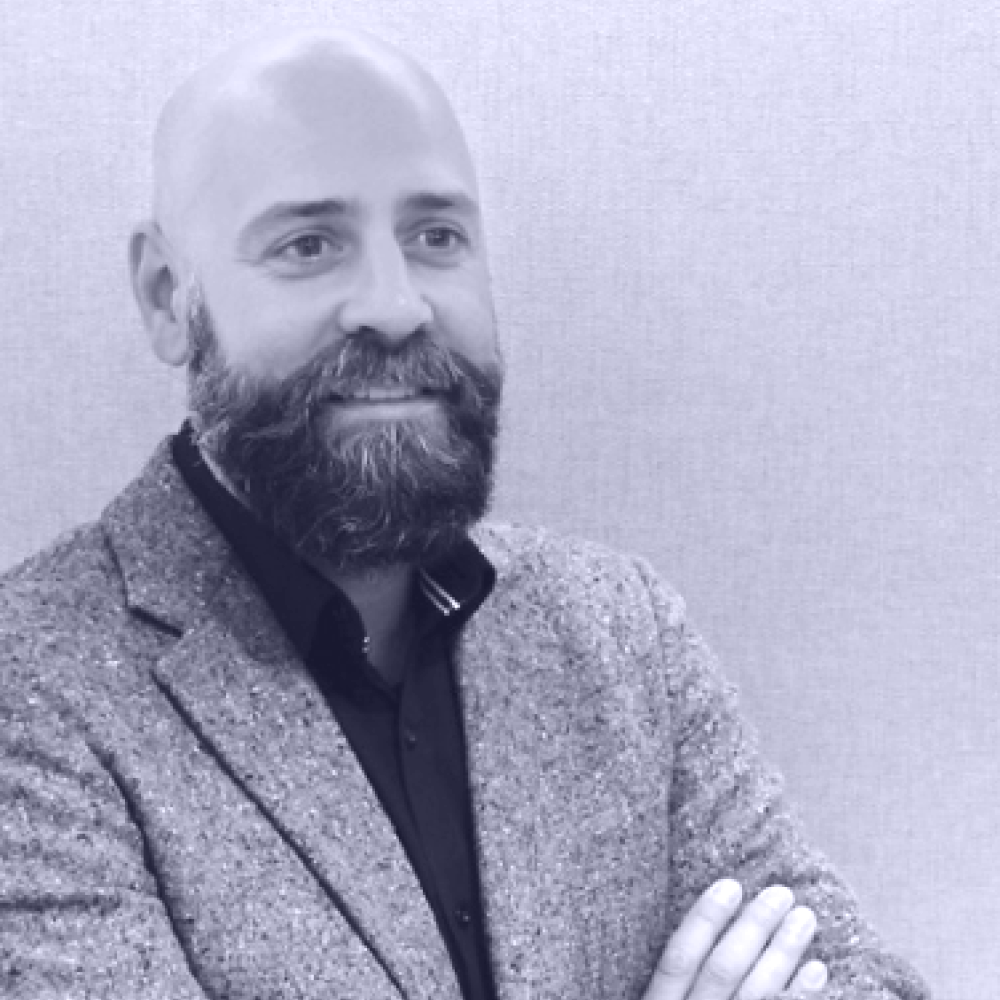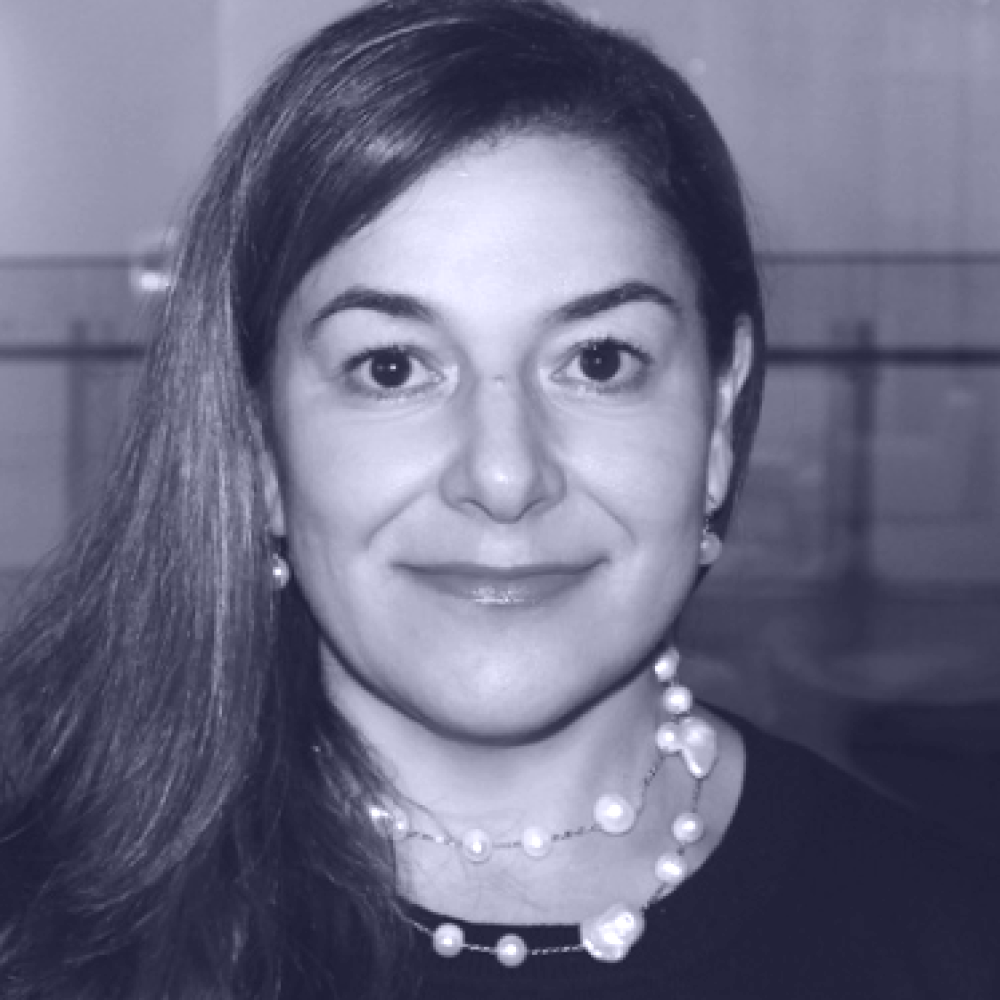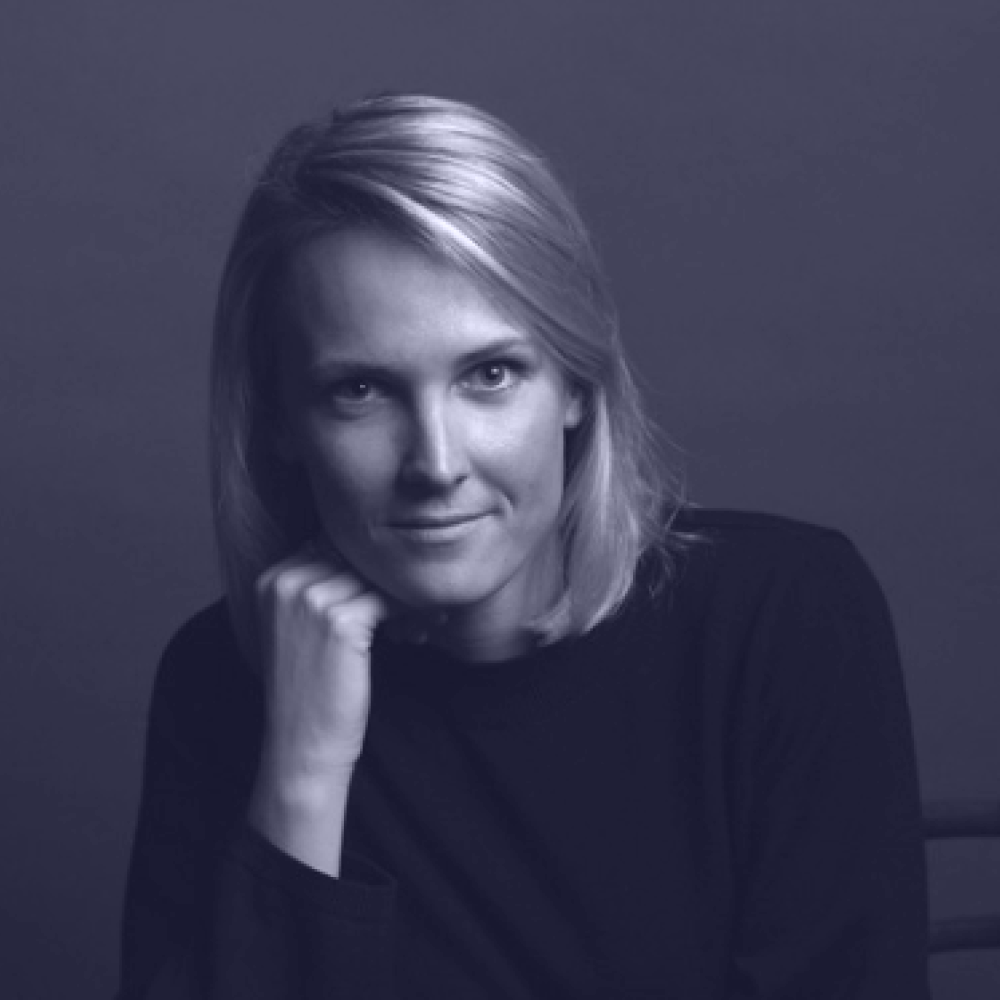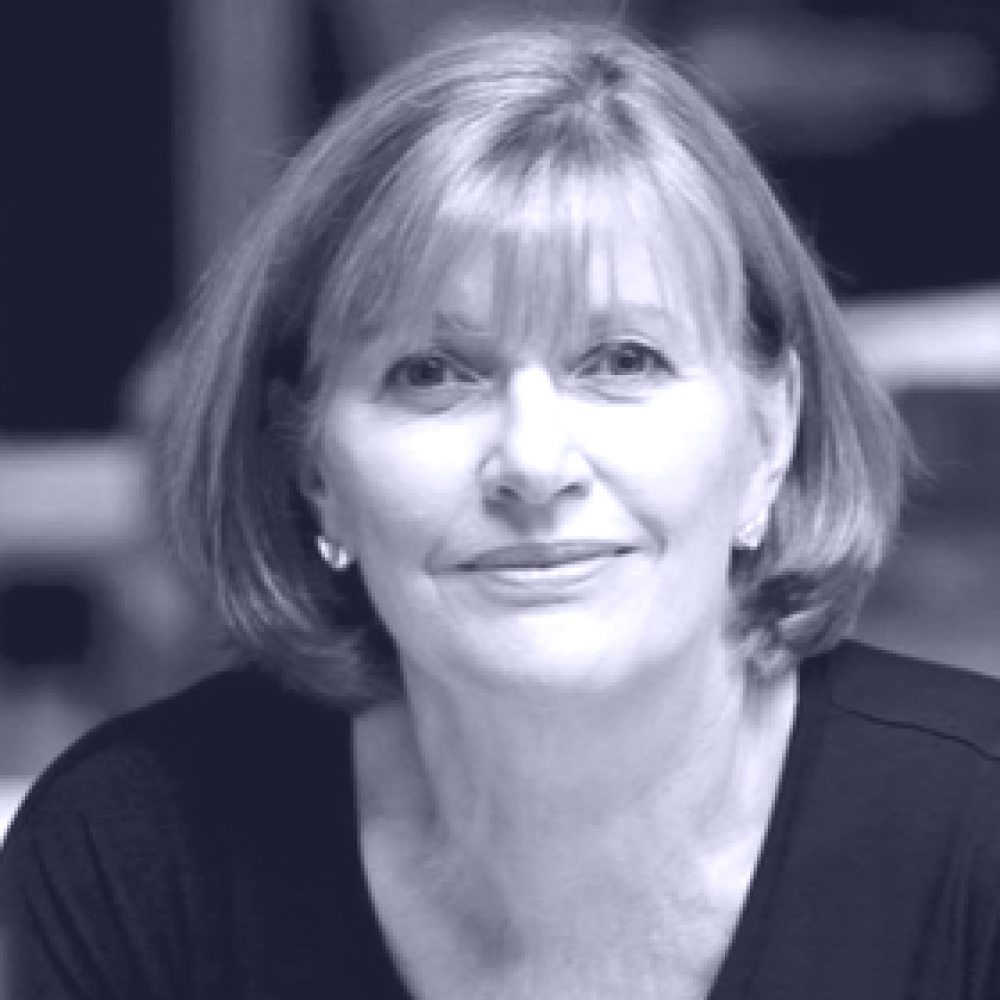Details.
When
Tuesday 29 August 2017
8.45am – 5.00pm
Where
Eternity Playhouse
39 Burton Street
Darlinghurst Sydney NSW
— Google Maps
Tickets
Tickets for this event are sold out.
Program Info
The annual Work Place/Work Life forum brings together Australasia’s leading practitioners. In 2017 they will gather at Eternity Playhouse in Darlinghurst to discuss the issues shaping workplace design, share their experiences and speculate on possible futures. The four keynote sessions and three case studies will be followed by a moderated panel discussion in which panel members will draw the audience into the conversation.
Partners
Design Speaks Symposia 2017Presenting Partner
Work Place / Work Life 2017Major Partner
Supporting Partners
Earn CPD Points
Download CPD Questions and Learning Outcomes
2017 Workplaceworklife Full Program V33Contacts
Event & Sponsorship EnquiriesHeather Cotton
Project Manager, Awards and EventsProgram.
- 8.45 am Arrival and seating
- 9.00 am Welcome from Cassie Hansen, editor, Artichoke magazine
-
9.15 am
Keynote Address
Roberto Bannura — Director, Steven Holl Architects (China) -
10.00 am
Keynote Address
Caroline Burns — Director, Workplace Revolution (Singapore) - 10.45 am Morning tea
-
11.15 am
Case Studies
Dropbox Sydney, Presented by Tom Owens
Studio Director, Gensler (Sydney) -
Clayton Utz offices, Presented by Kim Vella
Head of Premises & Procurement, Clayton Utz (Sydney) -
WeWork Martin Place and Pyrmont, Presented by Cushla McFadden
Director, TomMarkHenry (Sydney) -
12.15 pm
Keynote Address
Eric Parry — Founder and Principal, Eric Parry Architects (UK) - 1.00 pm Lunch break
-
2.15 pm
Keynote Address
Robbie Robertson — Partner, Experience Design, Deloitte Digital (Sydney) -
3.00 pm
Panel Discussion
Rosemary Kirkby (chair), Roberto Bannura, Caroline Burns, Eric Parry and Robbie Robertson, with questions from the audience - 3.45 pm Closing comments from Cameron Bruhn, editorial director, Architecture Media
- 4.00 pm Closing drinks
- 5.00 pm Event closes
- Download CPD Questions and Learning Outcomes
Keynote Addresses.
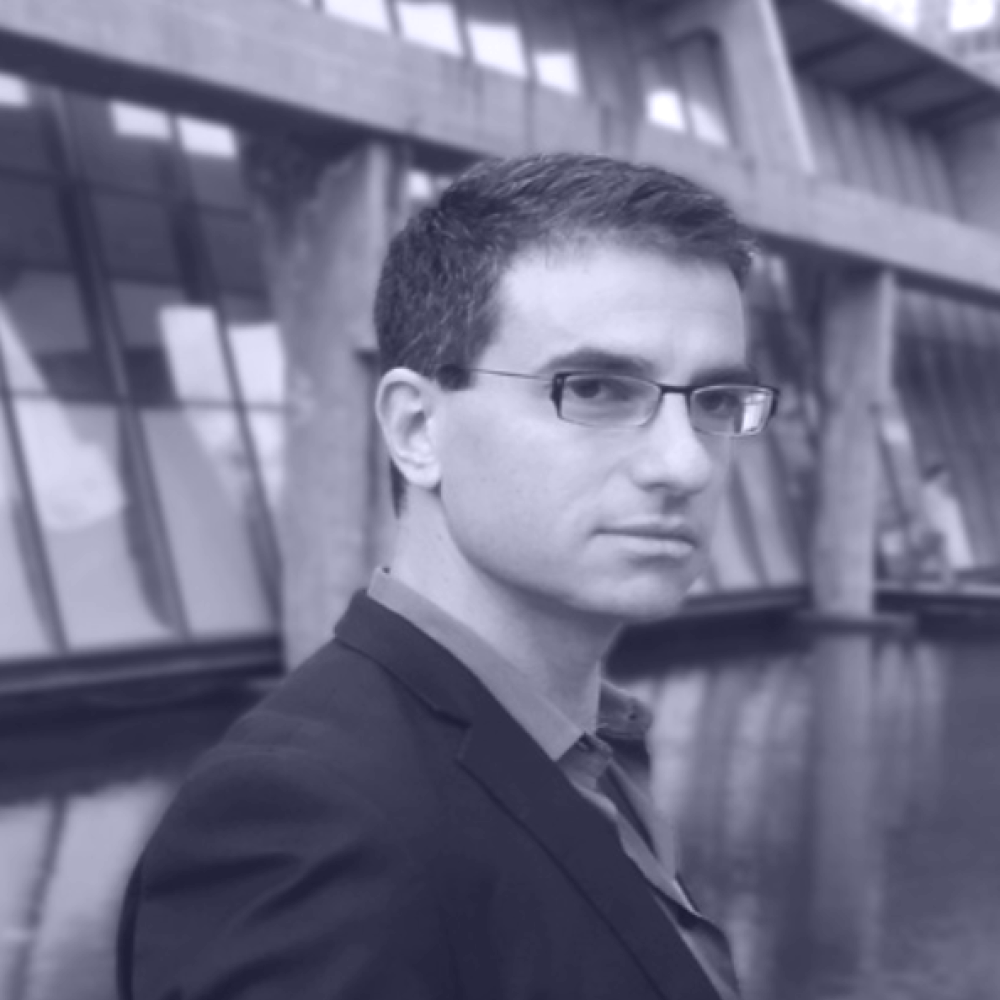
Architecture as a Social Platform
Presented by
Roberto Bannura, Director, Steven Holl Architects
In the last two decades, Steven Holl Architects’ engagement on international urban projects of varied sizes and characteristics has been the basis of its work in micro-urbanism.
Attempting to create “cities within cities,” the firm’s work has been directed at the creation of vibrant and integral urban platforms. These platforms promote social interaction and community formation while responding to all demands of contemporary living, through the integration of social space, culture and arts, and complementary residential and commercial functions.
In this lecture, Roberto Bannura will explore the key examples from Steven Holl Architects’ international portfolio that best portray the firm’s inspiring work on this subject.

The Future of Work is in Asia
Presented by
Caroline Burns, Director, Workplace Revolution
Caroline Burns will be talking about workplace design innovation in Asia and how that will influence and drive projects in Australia and elsewhere.
The future of work is exciting in Asia, where a mostly young and dynamic population are challenged to find solutions to major demographic, environmental and social issues. Fuelled by faster economic growth than in most of the developed world, this creates a fertile ground for collective experimentation. Diverse design responses to social and economic trends across Asia are resulting in dynamic work environments that are a unique blend of global and local influences.
This session will explore the major socio-economic drivers of workplace design innovation in Asia and explain why this will influence global best practices during the next decade.
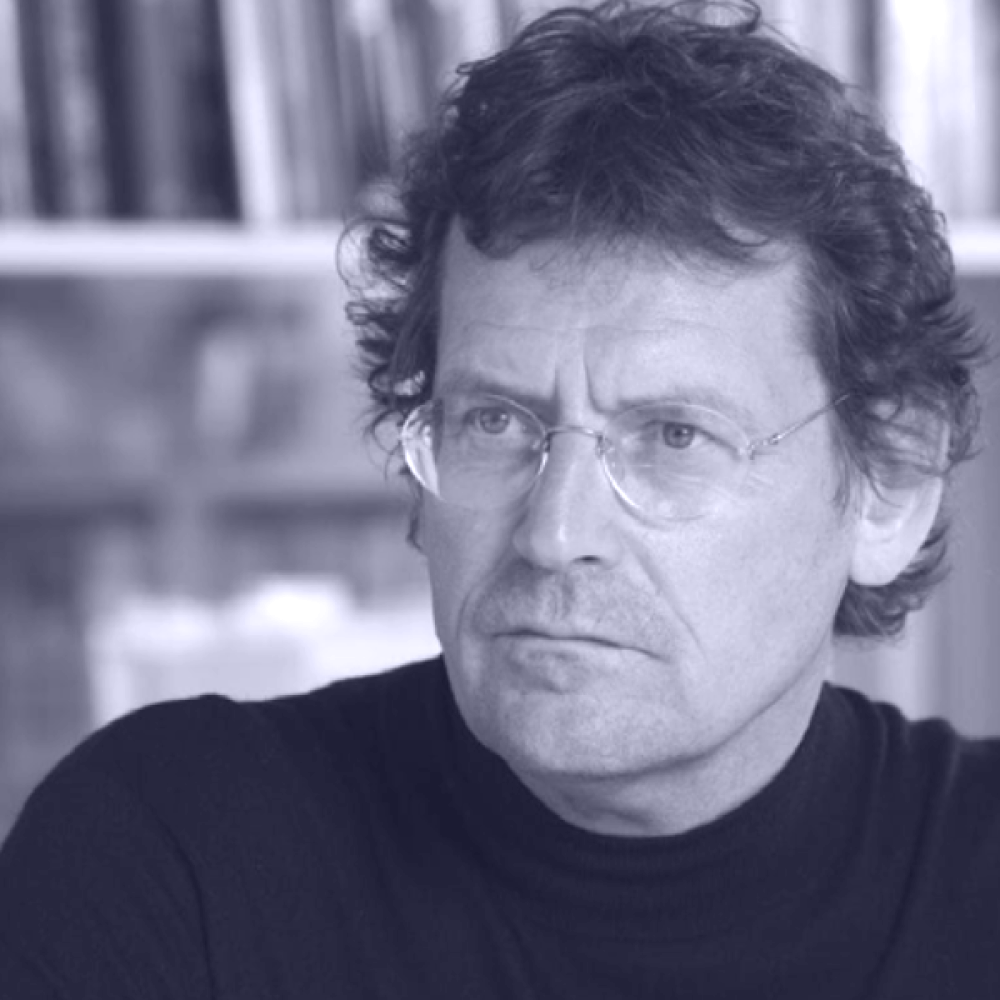
Just What is it That Makes Tomorrow’s Workplace So Different, So Appealing?
Presented by
Eric Parry, Founder and Principal, Eric Parry Architects
Successful working spaces are defined by a spatial and haptic pleasure of the workplace environment and a place that provides the opportunity for balance between intense concentration and conviviality.
No less important is the context of the buildings themselves. The daily routines of arrival, departure and break out are vital to a sense of wellbeing; context can either deflate or reinforce a state of mind.
Eric Parry will illustrate the importance of material and tectonic choices for buildings in the contrasting social contexts of the City of Westminster, the City of London and the redevelopment of the Kings Cross quarter in North London. These qualitative decisions play a very important part in deciding where businesses locate themselves and where the future and past can be understood in the present.
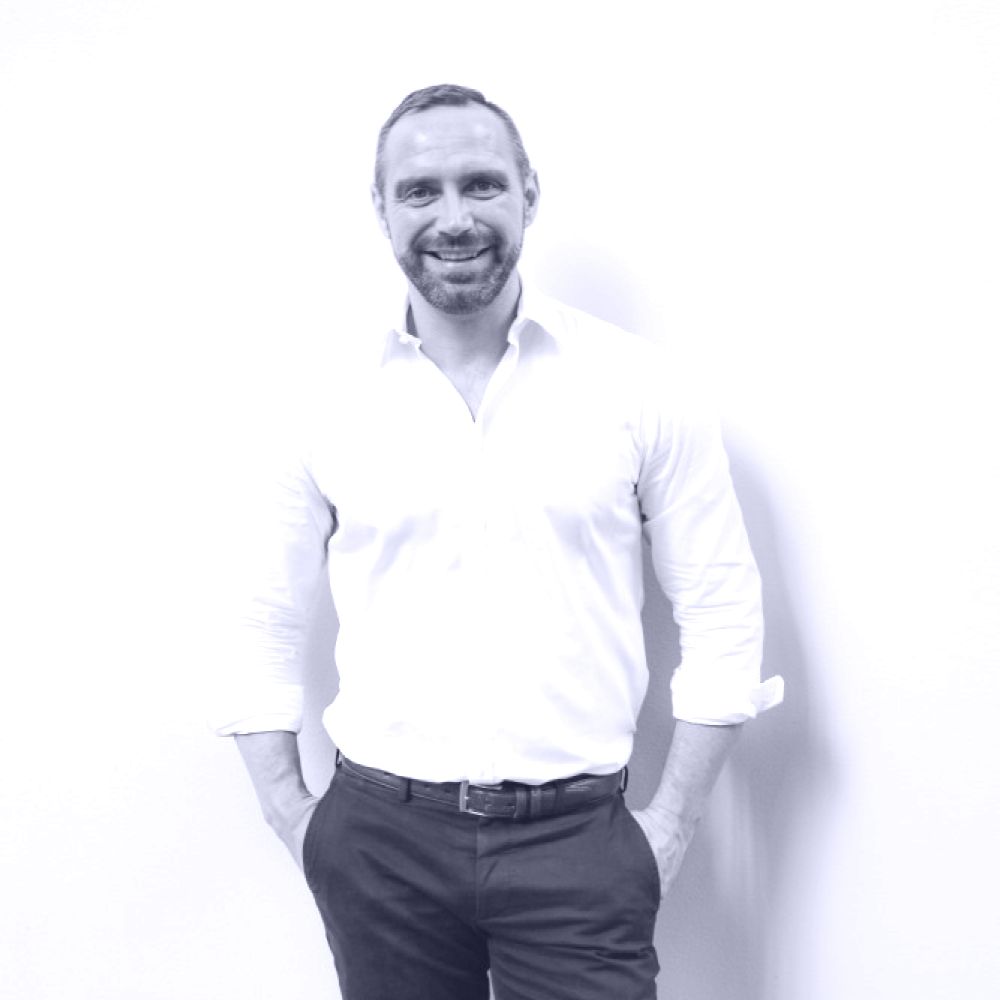
Connecting Work, Worker and the Workplace
Presented by
Robbie Robertson, Partner, Experience Design, Deloitte Digital
More than fifty percent of all jobs that exist today will not exist by 2030 due to artificial intelligence, automation and robotics. Companies are constantly having to innovate and reinvent themselves to stay relevant for their customers as well as their employees. This is having a fundamental effect on the skills people will need tomorrow; workers will need to be nimble in an ever-changing and dynamic environment. This has a critical impact on the physical office. We will explore how you connect work, worker and the workplace, underpinned by digital technology and the need to create adaptable spaces that create an emotional connection with tomorrow’s workers.
Case Study Talks.
Dropbox Sydney – Designed By Gensler
Presented by
Tom Owens, Studio Director, Gensler
With its overarching concept “workplace as home,” the new Sydney offices for global tech firm Dropbox engage the company’s employees and customers in new ways. At the heart of the space is a lounge/kitchen/dining area that is complemented by an adjacent courtyard that brings the outside in, much like a residential patio. The variety of workspaces includes open workstations and height-adjustable desks as well as small quiet rooms and booths. Signage and graphics employ natural, sometimes sculptural, materials. The space’s clean sightlines, thoughtful mix of furniture and finishes, and abundant use of plants coalesce to create a truly homey yet functional ambiance.
Clayton Utz Offices – Designed By Hassell
Presented by
Kim Vella, Head of Premises & Procurement, Clayton Utz
The recently completed refurbishment for the Clayton Utz Melbourne office provided the firm with an opportunity to critically assess the work space planning strategy held by the firm for many years.
In this case study, Kim Vella will talk about the lessons learnt from previous moves to the iconic 1 Bligh Street in Sydney and to the Nishi development in Canberra. She will look at the different approach Clayton Utz took in establishing their new workspace design, a design that adds value to the users by creating an innovative, collaborative, flexible and sustainable workplace of the future for the firm.
Wework Martin Place and Pyrmont – Designed by Tommarkhenry with Wework
Presented by
Cushla McFadden, Director, TomMarkHenry
TomMarkHenry collaborated with WeWork to design their first two locations in Australia. Martin Place was the first WeWork location to open in Sydney, closely followed by Pyrmont.
It was important for the client to have their brand represented in a powerful way, being its entry into the Australian market. Providing a platform for creators is at the heart of the brand, therefore first and foremost the workspaces had to encourage collaboration and allow for flexibility.

